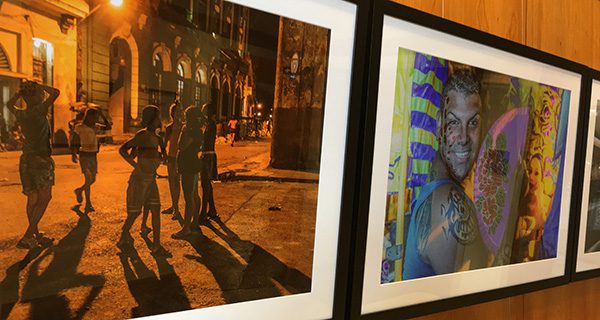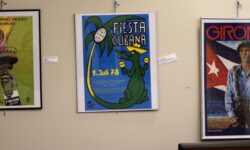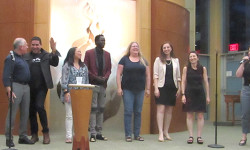[ccfic caption-text format="plaintext"]
by Katrina Margolis
Hometown Weekly Reporter
Recently, relations have begun to change between the United States and Cuba. Photographer Belinda Soncini and author Kip Langello traveled to Cuba to investigate the current state of the country, as well as the perceived changes that will come due to the shifting relationship. Currently on display at the Wellesley Public Library, “The Changing Faces of Cuba” will be on display throughout the month of February. The exhibit specifically focuses on the diversity of the island, pushing viewers beyond previously help conceptions or stereotypes.
The goal of the project was “to document what Cuba is like today and to try to understand what transition means to the people who live there.” There is, however, no one answer to this question. Langello and Soncini worked hard to build relationships with those they photographed and interviewed. “For some people, answering questions makes the uneasy. Trust is still an issue. The feeling that words can get a person into trouble remains.”
Some changes within the country have already begun, such as widespread access to the internet and an opening to alternative lifestyles. Interviewees range from Diego, a mechanic, to Francisco, an economist who drives a taxi, to Emilio, a 70 year-old man who stays true to the revolution, to Maribel, a widow trying to survive as best she can. Francisco explained the desire and yearning for tourism.
“We all want more tourism, and with the US so close, imagine the number of tourists that will come here when things are open again,” he said. Unlike most countries, Cuba has two currencies, one used by tourists and one used by the locals. The currency used by tourists is worth significantly more than the other, making tourism especially desirable.
In contrast to this, Emilio, a 75-year-old, believed that good things came from the revolution that placed Castro in power. “The revolution meant the end of Batista. Batista didn’t just kill my brother, he tortured him first. And many other people. He was the bad one. Not Fidel.” Emilio values what Cuba has beyond money, such as a true sense of community. “If I fall here, everyone will come running to help, to do what they can. Here, people help each other. People make the difference,” he said. “That’s why Cuba is a good place to live.”
Cuba has become a place primarily resigned to history books in the United States, caught within a slice of history. “Changing Faces of Cuba” forces viewers to see the contemporary population of Cuba, to reckon with the future they are looking at, and acknowledge how much of a role the United States has to play in it.






















